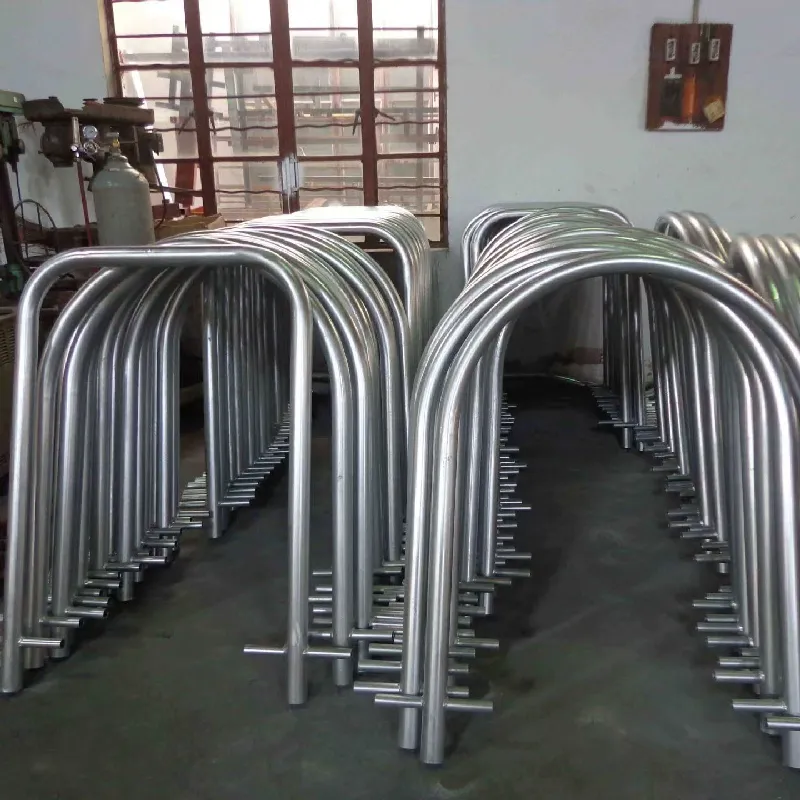Effective Methods to Securely Seal a Leaking Pipe Using Clamps for Optimal Repair Solutions
Clamp to Fix a Leaking Pipe A Practical Guide
Dealing with a leaking pipe can be a homeowner's nightmare, often leading to water damage, increased utility bills, and potential structural problems. However, one of the simplest and most effective temporary solutions before a professional repair is to use a pipe clamp. This tool is easy to use, cost-effective, and can be a lifesaver in urgent situations. In this article, we will explore the process of using a clamp to fix a leaking pipe, including preparation, steps to follow, and tips for ensuring long-term success.
Understanding the Problem
Before jumping into the solution, it’s important to understand the cause of the leak. Leaks can occur due to corrosion, joint failures, or accidental damage. Identifying the source of the leak is crucial, as it will help determine the best approach to fixing it. For instance, a small pinhole leak can be addressed differently than a leaking joint.
Preparing for the Repair
When you notice a leak, the first step is to turn off the water supply to prevent further damage. Locate the main shut-off valve in your home and switch it off. Next, relieve any pressure in the pipes by opening taps downstream. This will minimize water flow during the repair process.
Gather the necessary supplies - A pipe clamp or a hose clamp - A clean cloth or rag - A pair of pliers (if needed) - Pipe repair tape (optional for added security)
Steps to Fix the Leak with a Clamp
clamp to fix leaking pipe

1. Clean the Area Start by cleaning the area around the leak thoroughly. Use a cloth to remove any dirt, dust, or moisture. This step is vital because a clean surface allows the clamp to fit snugly and create a better seal.
2. Position the Clamp Take the pipe clamp and position it over the leaking area. Make sure that the leak is centered beneath the clamp to ensure effective coverage. If the leak is small, you may only need to place the clamp directly over it.
3. Tighten the Clamp Using your hand or pliers, tighten the clamp around the pipe. Be careful not to overtighten, as excessive pressure can damage the pipe further. If the clamp is designed with a screw mechanism, turn it slowly until it feels secure.
4. Check for Leaks Once the clamp is in place, turn the water supply back on slowly. Monitor the area for any signs of leaking. If you notice any water seeping through, tighten the clamp a bit more until the leak stops.
5. Optional - Use Pipe Repair Tape For added security, especially if the leak is significant, you can wrap pipe repair tape around the area before or after securing the clamp. This will provide an extra layer of sealing and can help prevent future leaks.
Long-Term Considerations
While using a clamp is an effective temporary solution, it is important to plan for a permanent repair. Leaks often indicate underlying issues that need to be addressed. Therefore, consult with a licensed plumber to assess the damage and determine the best course of action. They may recommend replacing the entire pipe or making more extensive repairs.
In conclusion, a pipe clamp is a handy tool that can effectively manage a leaking pipe in an emergency situation. By following these steps—cleaning the area, positioning the clamp, tightening it securely, and monitoring for further leaks—you can mitigate the immediate problem while planning for a more permanent fix. Remember that addressing leaks promptly can save you from costly repairs and extensive water damage in the future.
-
Square Sewer Cover Enhances Urban SafetyNewsAug.01,2025
-
Pipe Fitting Requires Precise AlignmentNewsAug.01,2025
-
Manhole Step Is DurableNewsAug.01,2025
-
Manhole Cover Is Found WorldwideNewsAug.01,2025
-
Hole Cover Frame On RoadsNewsAug.01,2025
-
Gully Grate Improves Road SafetyNewsAug.01,2025
-
Man Hole Cover Round Load CapacityNewsJul.31,2025
